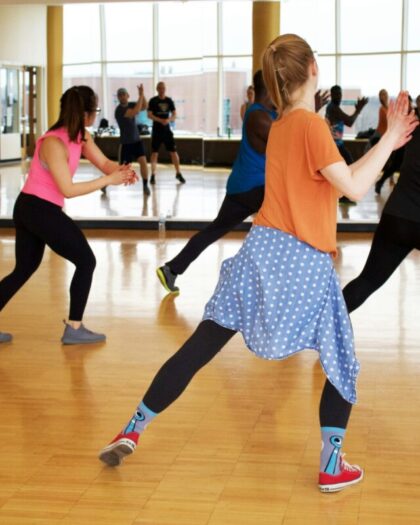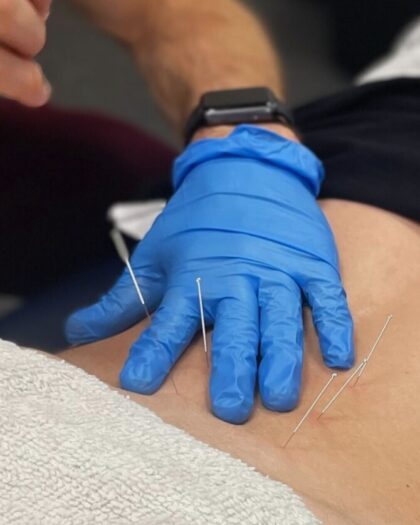
Physical therapy is often a crucial part of recovery for individuals overcoming injuries, surgeries, or chronic conditions. It’s a journey that requires patience, dedication, and sometimes, a shift in mindset. One of the common phrases associated with physical therapy is "No Pain, No Gain." While this saying might have good intentions, it's time to reconsider its applicability in the context of rehabilitation.
The Origins and Misconceptions of "No Pain, No Gain"
The notion of "No Pain, No Gain" suggests that in order to achieve progress in physical therapy, one must push through pain and discomfort. This concept has its roots in athletic training, where pushing beyond limits can often lead to improved performance and strength. However, in the realm of rehabilitation, this mentality can be misleading and potentially harmful.
Pain is the body’s way of signaling that something is wrong. While it's true that some level of discomfort can be expected during rehabilitation exercises, it's essential to distinguish between productive discomfort and harmful pain. Productive discomfort might include mild soreness or fatigue as muscles are gently challenged and rebuilt. Harmful pain, on the other hand, is sharp, intense, or persistent, and can indicate injury or overexertion.
The Risks of Misinterpreting Pain in Physical Therapy
Adhering strictly to the "No Pain, No Gain" philosophy can lead to several risks:
- Injury Aggravation: Pushing through pain can exacerbate existing injuries or create new ones. For instance, continuing exercises that cause sharp or shooting pain can lead to further damage to muscles, ligaments, or joints.
- Delayed Recovery: Ignoring pain and overworking the body can delay the healing process. Proper recovery requires a balance of activity and rest, allowing tissues to repair and strengthen gradually.
- Psychological Impact: Constantly pushing through pain can lead to frustration, anxiety, and a negative outlook on the rehabilitation process. This can decrease motivation and adherence to the therapy program.
Listening to Your Body: A Smarter Approach
A more effective approach to rehabilitation focuses on understanding and respecting the signals your body sends. Here are some key strategies:
- Communicate with Your Physical Therapist: Open and honest communication with your physical therapist is crucial. They can help you differentiate between normal discomfort and harmful pain, adjusting your exercises accordingly.
- Gradual Progression: Rehabilitation should be a gradual process. Start with low-intensity exercises and slowly increase the difficulty as your body adapts and strengthens. This approach minimizes the risk of re-injury and promotes long-term success.
- Focus on Recovery: Recovery is just as important as the exercises themselves. Incorporate rest days into your routine and use techniques like stretching, ice/heat therapy, and adequate hydration to support healing.
- Mind-Body Connection: Pay attention to how your body responds to different exercises. Mindfulness practices, such as deep breathing and meditation, can enhance your awareness and help you tune into your body’s needs.
The Role of Physical Therapists
Physical therapists play a vital role in guiding patients through their rehabilitation journey. They provide expert knowledge, personalized exercise plans, and continuous support. Here’s how they help:
- Assessment and Planning: Physical therapists assess your condition and create a customized plan tailored to your specific needs and goals. This plan evolves as you progress, ensuring that exercises remain effective and safe.
- Education: Therapists educate patients about their injuries, the healing process, and the importance of proper technique. This empowers patients to take an active role in their recovery.
- Monitoring and Adjustment: Regular sessions with a physical therapist allow for ongoing monitoring and adjustments to your program. If an exercise causes pain, they can modify it or suggest alternative movements.
- Motivation and Support: Physical therapists provide encouragement and motivation, helping patients stay committed to their rehabilitation goals. Their support is invaluable, especially during challenging phases of recovery.
Conclusion: Embracing a Balanced Approach
The "No Pain, No Gain" mentality is not always conducive to optimal rehabilitation outcomes. By listening to their bodies, working collaboratively with their physical therapists, and focusing on gradual progress and proper recovery, patients can achieve long-term success in their rehabilitation journey. Remember, it's not about pushing through the pain, but rather working smart and listening to what your body needs.
Rehabilitation is a marathon, not a sprint. Embrace a balanced approach, be patient with yourself, and celebrate each milestone along the way. By prioritizing your body’s signals and following a well-structured plan, you can navigate the path to recovery more effectively and sustainably.











